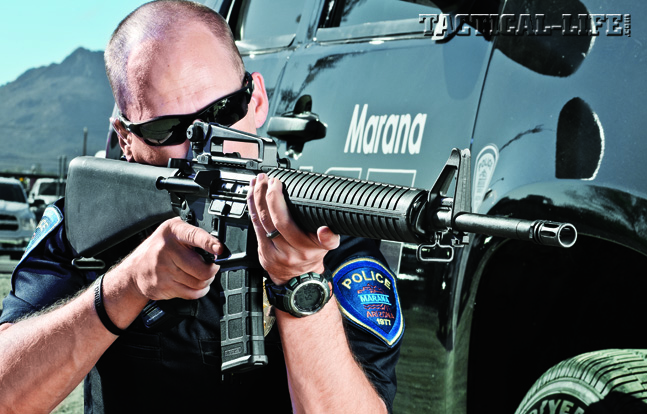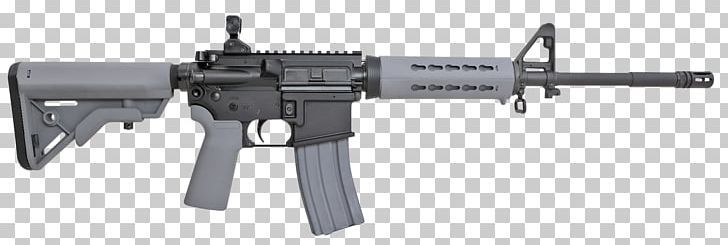
While in-ear protection can be one solution, a suppressor gives you the best of both worlds - a hearing-friendly shooting experience with no impact on performance or comfort.

This causes the shooter to push down on the cheek weld lifting the ear cup and losing suction over the ear - defeating the purpose. Over-the-ear protection can get in the way of a solid cheek weld. There are some legitimate gripes when it comes to shooting performance and ear protection. Unfortunately, between the machismo of gun culture and shooters simply not prioritizing it, too many folks still haven’t gotten the memo. It’s pretty simple: noise is bad for your hearing. Some folks will only do it because their local range requires it (and we’ve all seen the guy who makes a production of doing so.) Many shooters don’t invest in adequate hearing protection and are often reluctant to use any at all (or fail to consistently wear their ear protection for every gunshot fired). Modern-day silencers typically reduce report noise by 14.3-43 decibels, which is a significant change. The more tangible reason for strapping a can to your AR is straightforward: noise reduction. It was $200 in 1934, and it’s $200 today, so these days people buy suppressors rather than machine guns. But the transfer tax NFA-registered items (originally established at $200 with the NFA’s 1934 enactment) has never been adjusted for inflation. That limited supply drove the price for a fully automatic rifle sky high. In 1986 Congress passed the Hughes Amendment to the Firearm Owners Protection Act (FOPA), which banned the manufacture of new fully automatic machine guns - capping the available number of transferable machine guns somewhere in the neighborhood of 180,000.

There’s another factor at play here, the relative cost of purchasing a suppressor to other NFA items, such as fully automatic machine guns. Best First Focal Plane (FFP) Scopes for 2022.


 0 kommentar(er)
0 kommentar(er)
